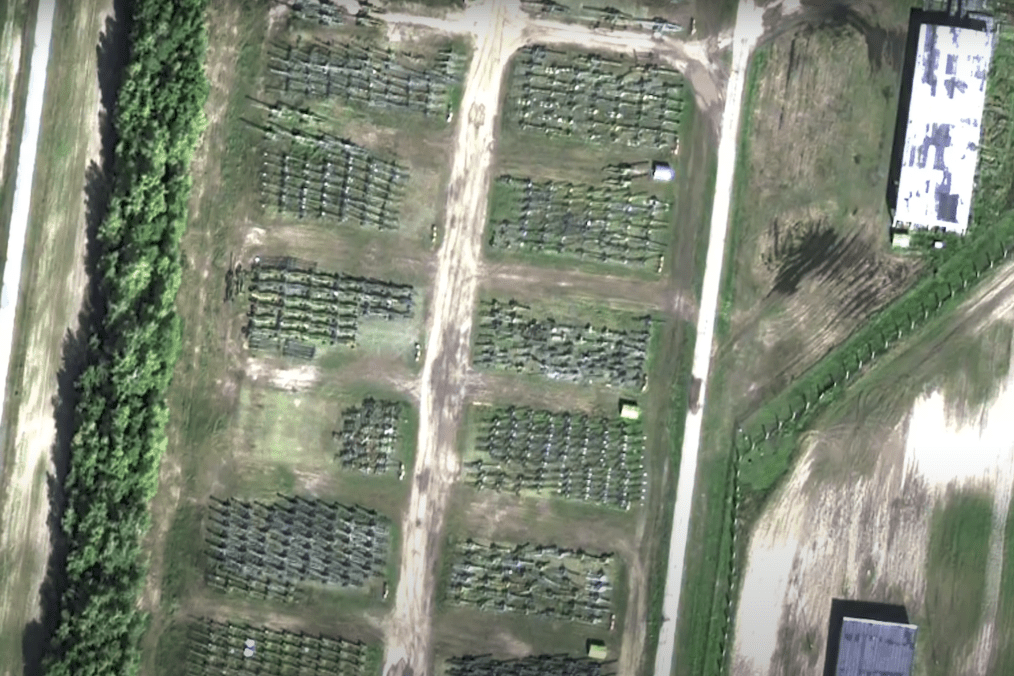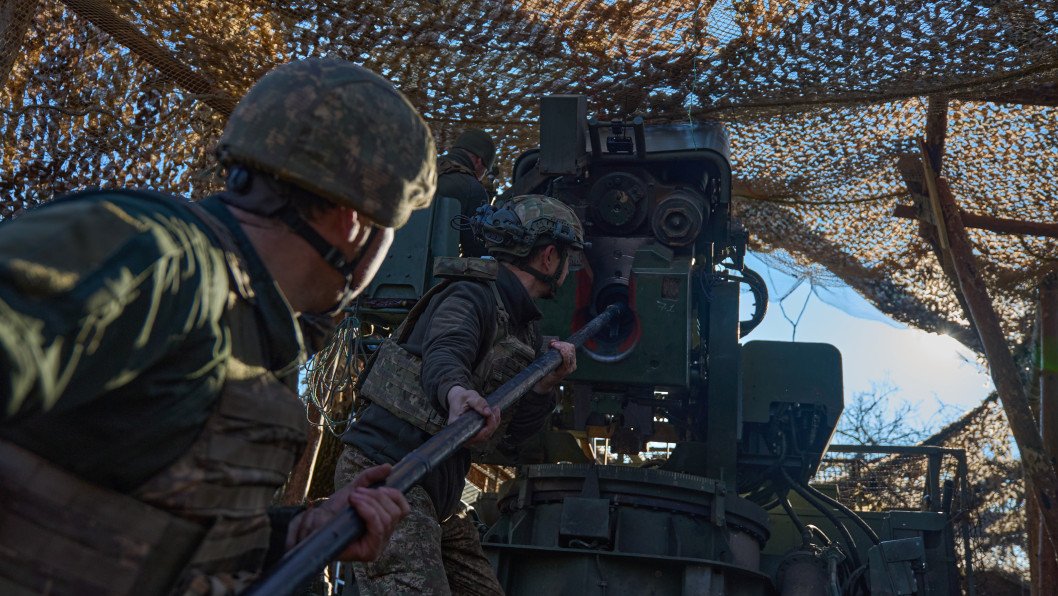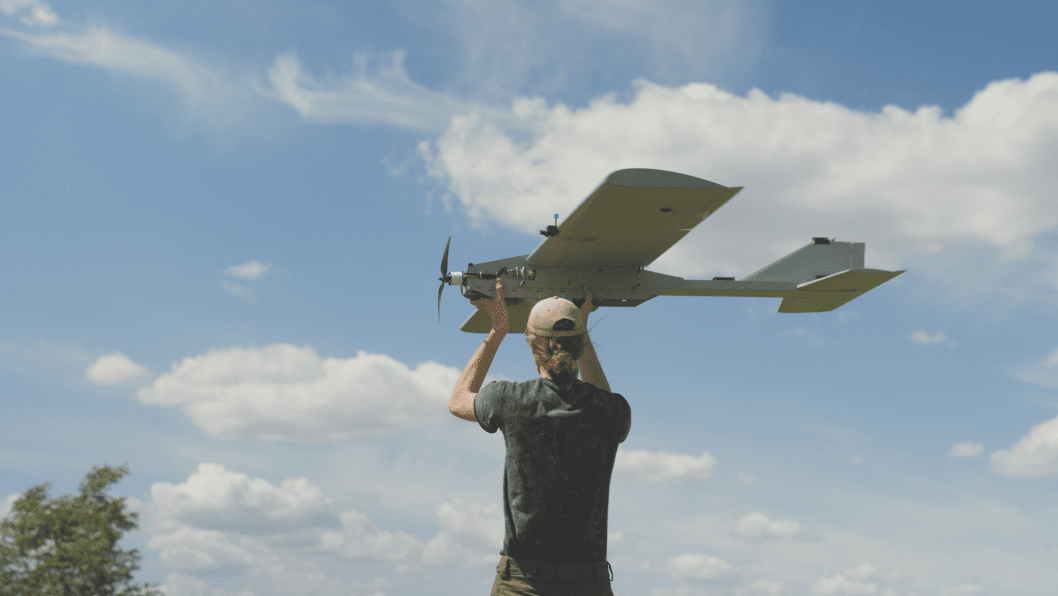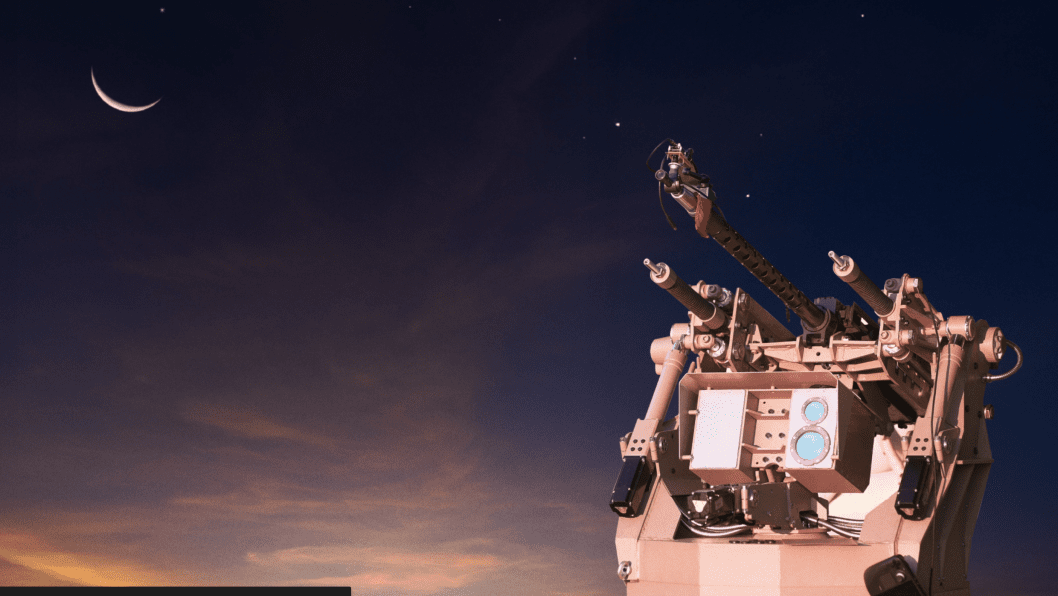- Category
- Latest news
Russia Has Depleted Nearly Half of Its Towed Artillery at Key Storage Site

Russia has reportedly nearly depleted half of its towed artillery reserves at a storage site near Shchuchye, a facility that previously housed about 50% of the country’s total towed artillery. Meanwhile, the pace of reactivation has dropped by more than four times compared to 2022.
This was reported by the OSINT group Covert Cabal on June 8, citing satellite imagery analysis. According to the group’s estimates, the base stored approximately 50% of Russia’s total towed artillery, with 80–90% of it in “deep storage.”
According to the group, despite the base’s significance, it was among the lowest priority sites in terms of maintenance, with much of the artillery in poor condition.
OSINT analysts note that due to the base’s remote location, satellite images are infrequent and of suboptimal quality. As a result, the estimates provided carry a higher-than-usual margin of error.

According to the researchers’ calculations, the base currently holds 2,753 pieces of artillery out of the 4,839 that were stored there before Russia’s full-scale invasion.
At the same time, the group notes that between 2022 and the first half of 2023, artillery was being removed from the base at a rate of 72 units per month. However, since July 2023, this pace has dropped to fewer than 17 units per month.
The OSINT analysts' prediction of artillery reactivation during 2022 can be explained by the creation of numerous new units as part of the mobilization effort, which required a significant influx of equipment. Russia established at least 70 new regiments, each of which needed between 18 and 36 artillery systems.
The rate of reduction remained steady but insufficient to compensate for current artillery losses. Likely, the ability to bring this artillery back into service is limited by its poor technical condition, as the best equipment was already removed in 2022. However, as OSINT analysts note, assessing the condition of towed artillery from satellite images is extremely challenging. For example, the barrel of a 152 mm gun will appear as just a single pixel wide, even in the highest-quality images.

Researchers from the Resurgam and "Viyskovyi Vishchun" platforms, analyzing Russia’s armored vehicle stocks, reached similar conclusions, as Militarnyi reports, at the end of March 2025. Based on satellite imagery of storage bases and repair facilities, they found that the pace of tank restoration has fallen by 3.5 to 4 times compared to 2022.
The outlet added that the depletion of storage bases does not mean that the Russian army will soon be left without equipment, but its quantity and quality will gradually decrease. Or Russia will have to significantly increase production, rely on its allies for equipment supplies.
The storage site near Shchuchye in Russia’s Kurgan region is located approximately 1,800 km from the frontline. It was established on the site of the Chemical Weapons Arsenal of the Ministry of Defense after the disposal of chemical weapon stockpiles funded by the United States.
on June 8, a series of drone strikes targeted the Azot chemical plant in Russia’s Tula region, causing multiple explosions and a fire at the facility.

-f88628fa403b11af0b72ec7b062ce954.jpeg)
-ce9a134791207c81306f56ab3d75ffb6.jpg)
-72b63a4e0c8c475ad81fe3eed3f63729.jpeg)
-45ed3be17a7bb74903649ed9258196f8.jpg)

